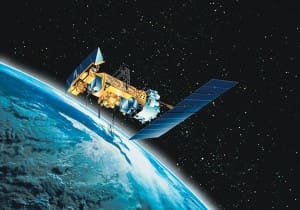With climate change gathering steam and the need for accurate forecasts more critical than ever, sailors and other sky watchers are facing an untimely new development: a potentially “catastrophic” gap in weather satellite data.
That was the word this week from a federally commissioned panel of veterans from the weather and aerospace industries, who stated that unless the United States acts quickly, less reliable forecasts could become the norm starting in 2016.
The problem is a looming yearlong gap between the “design lifetime” of a polar-orbiting satellite deployed by the U.S. and the scheduled launch date of its replacement. Polar-orbiting satellites provide the majority of data for the computer models used in weather forecasting; relying on just one satellite instead of the two that have long been in service could “significantly erode” the accuracy of projections, the National Oceanic and Atmospheric Administration has warned.
Deploying a smaller and less elaborate “gap filler” satellite in the interim would help alleviate the problem, but that would require a new – and unlikely – appropriation from Congress. NOAA ran up billions in cost overruns for its next generation of polar-orbiting satellites, putting the program years behind schedule and generating a storm of criticism from lawmakers. The chances of more money materializing now are slim.
That leaves the private-sector option – “probably not a constructive solution,” according to a NOAA assistant administrator – or buying weather data from China, a notion that has not been warmly received on Capitol Hill. As the wheels spin, the country is one failure away from a satellite gap, an “unacceptable position to be in for a system for which the data is so critical,” the review panel said.

